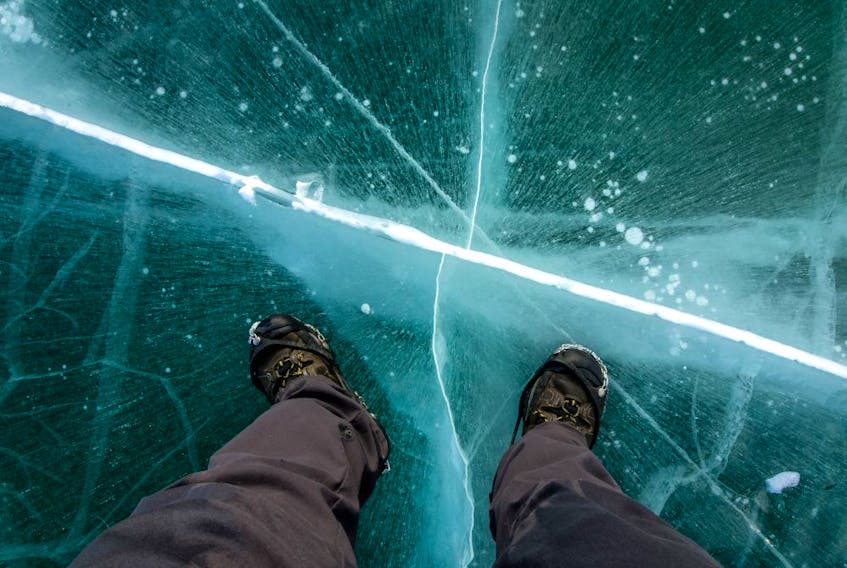An international group of scholars led by York University biologist Sapna Sharma has published a nifty paper on the horrible subject of human drownings in winter — in particular, ones on freshwater lakes and ponds. It is actually a little touching to read the list of authors, who mostly come from the countries in which this is a thing that happens. To get a dataset big enough even to establish simple facts about how people fall through the ice and die, they pulled together data from 10 countries, covering up to 23 years of winter.
It adds up to about 4,000 fatal drownings, which is probably just enough to work with — particularly if you want to have within-country effects in any models you derive. Many of the findings in the study, published in the catch-all journal PLOS ONE, are intuitive. Close-up examination of the most detailed local data, which came from Minnesota, picks out the high-risk groups you would expect: children playing or skating on ponds, and young-to-middle-aged snowmobilers and ice-fishing enthusiasts.
When you analyze by date, April pops out as the most dangerous month by far. The per-capita number of drownings explode in any month in which the mean temperature is between -5 C and 0 C. Earlier Canadian research estimated that the peak use of search-and-rescue resources in Canada happens on days when the daily low temperature is -3 C.
Canada has the highest number of winter drownings overall, which perhaps makes us the ideal country to be funding and guiding an international project like this one, but on a per-capita basis we are obliterated by the Baltic peoples of Estonia, Latvia and Finland, who enjoy ice fishing and white liquors. Sweden is about on our level, with the United States, Japan, Russia, Germany and Alp-spotted Italy far behind. Canada’s northern territories, however, are such an enormous “positive” outlier that they had to be set aside from the main temperature model. This isn’t a particular surprise either, but there is no telling whether it is a pure effect of exposure time or whether it results from dangerous practices.
The study makes a meal of the climate-change angle, predicting (but not establishing empirically) that warmer winters will lead to higher drowning mortality: such an effect would be most pronounced in places like Canada, however, and in places where lakes were no longer covered in winter at all, there ought to be a net saving of life. The modelling in the study suggests that a bright-line “no fooling around on lakes in March or April, ever” rule might be a good one, and there are vague suggestions for improved swimming and safety education. If people need reminding, individual decision-making about ice-fishing and skating expeditions should take weather conditions over the course of the entire winter into account, as opposed to acting on a cold day or even a fortnight.
Mixing snowmobiles and booze is bad, but the people who do the mixing know this. The sex of drowning victims is referred to nowhere in the paper, which is a surprising omission, but we all know what the answer would be. Probably the most helpful thing I can extract from the paper is its brief discussion of technically “non-fatal” drownings; the underlying dataset does not include those, but they may be a bigger deal overall. The authors report earlier research showing that, “Among non-fatal cold-water drownings where children suffered cardiac arrest, only 10 per cent of children had good neurological outcomes and only 27 per cent of children were alive after one year”; 72 per cent of these children had impaired cognitive function. Safety training might teach you how to survive in icy water, or how to extract someone else from it, but nothing beats not falling into it in the first place.
National Post
Twitter.com/colbycosh
Copyright Postmedia Network Inc., 2020









